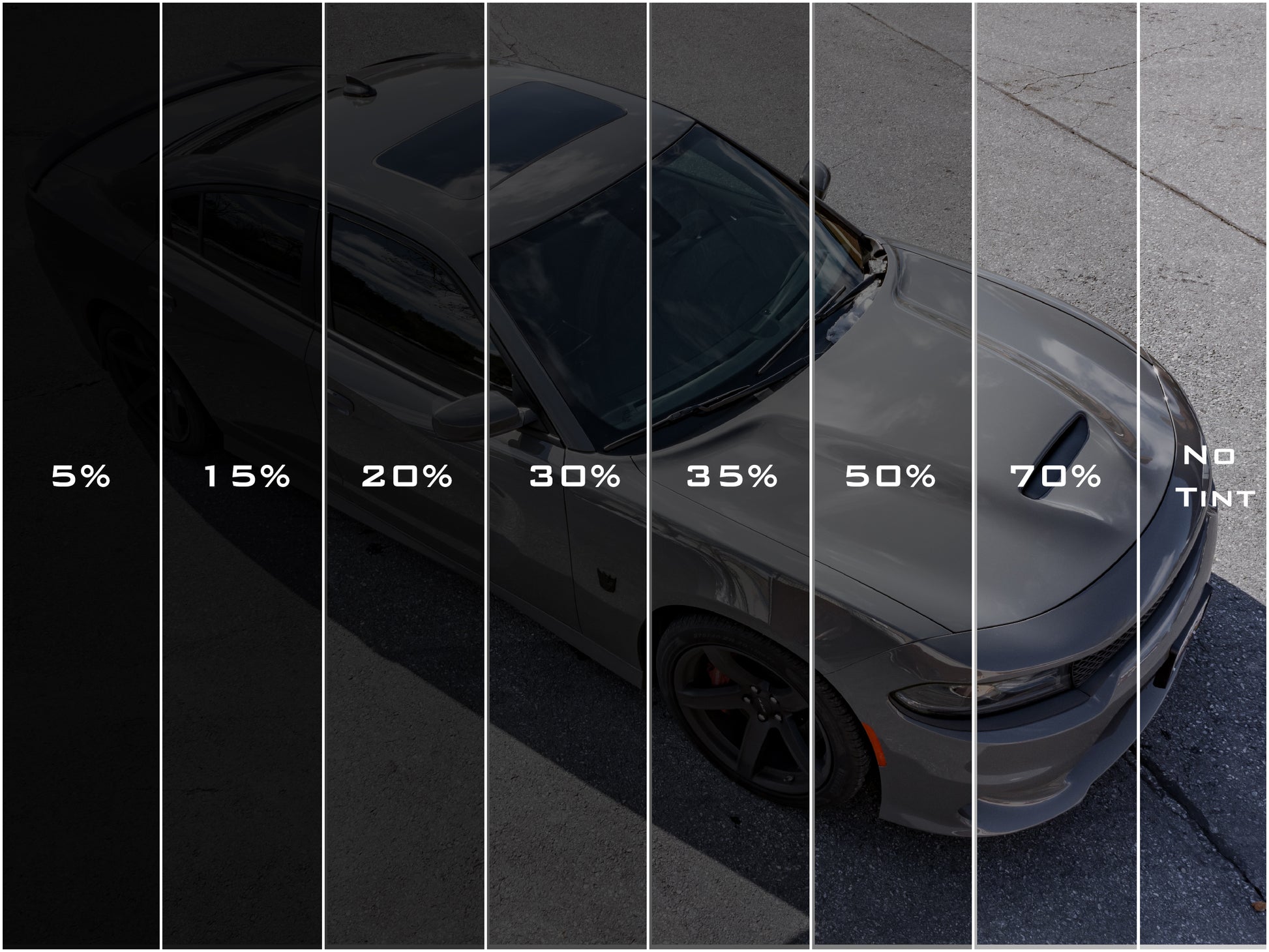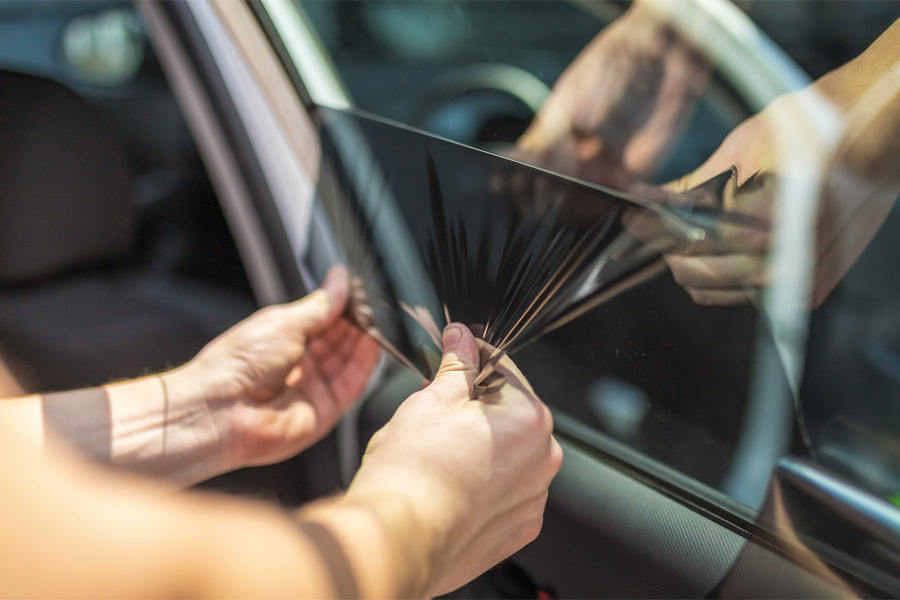Car Window Tinting for Enhanced Safety And Security and Lowered Burglaries
Car Window Tinting for Enhanced Safety And Security and Lowered Burglaries
Blog Article
Home Window Tinting Regulations and Guidelines: What You Need to Know Before Tinting Your Automobile
Prior to continuing with home window tinting for your automobile, it is necessary to acquaint on your own with the varied regulations and guidelines that control this technique across different states. These policies determine the allowable levels of color darkness, often determined by noticeable light transmission (VLT) portions, and include specific terms for front windscreens aimed at making certain roadway safety.
Introduction of Window Tinting Rules
Window tinting legislations are frequently subject to variant throughout different jurisdictions, reflecting local regulations and security factors to consider. These laws dictate the allowable levels of tint darkness and reflectiveness on car home windows, making certain that drivers keep sufficient presence while likewise protecting versus damaging UV rays and warm.
The majority of regulations classify home window tinting based on the Visible Light Transmission (VLT) percentage, which suggests the amount of light that can travel through the window. Generally, reduced VLT percentages represent darker tints. Regulations often separate between the front, side, and back home windows, with more stringent constraints put on the front windshield to improve security for both the driver and other roadway customers.
In addition, some jurisdictions impose restrictions on the reflectivity of the tint, protecting against extreme glow that might hinder visibility. Exceptions to these laws may exist for individuals with particular medical conditions requiring additional sunlight defense. Compliance with window tinting laws is vital, as offenses can cause penalties, required elimination of the tint, and prospective rises in insurance costs. For that reason, it is vital for car owners to acquaint themselves with regional regulations before continuing with home window tinting setups.
State-by-State Color Laws
Recognizing the details window tinting laws in each state is crucial for automobile proprietors seeking to adhere to the regulation. Each state in the united state has actually developed its own set of rules governing window tinting, which can vary dramatically. These policies often dictate the permitted levels of color darkness, the kinds of home windows that can be tinted, and any clinical exceptions that may use.
For example, states like California have rigid constraints on tint darkness for front home windows, while others, such as New Mexico, might permit darker tints. Additionally, certain states mandate particular presence percentages for numerous windows, consisting of the windscreen, front side home windows, and rear home windows. It is important for vehicle proprietors to familiarize themselves with their state's laws to stay clear of prospective fines or fines.
In addition, some states may call for a certification sticker to be put on colored home windows, showing compliance with state laws. Failing to comply with these laws not only runs the risk of lawful repercussions however can additionally influence safety and security and exposure while driving. Car proprietors need to perform thorough research study or speak with local authorities to ensure full understanding and compliance with state-by-state tint guidelines.
Allowed Color Degrees and Types
Lots of lorry owners may be amazed to find out that allowed color levels and kinds differ extensively across various states. Each state has actually established its own regulations regarding the permissible darkness and reflectivity of home window tint, commonly gauged by Visible Light Transmission (VLT) portions. VLT describes the amount of light that can pass via the colored home windows; hence, a reduced percent indicates a darker color.

Moreover, the sorts of tint products allowed can vary, with some states prohibiting mirror-like or metal coatings. It is vital for car proprietors to acquaint themselves with their state's certain legislations to make certain compliance. Non-compliance can cause fines, necessary removal of the color, or other legal repercussions, making it vital to comprehend these laws before waging setup.
Medical Exceptions for Tinting
While not all states give allocations for clinical exceptions pertaining to window tinting, those that do recognize the requirement for details people to enhance exposure and convenience due to clinical problems. Different clinical conditions, such as lupus, skin cancer, and specific eye problems, can provide people especially conscious sunlight. Consequently, these people may require darker colors to shield themselves from dangerous UV rays and glow.

It is important to keep in mind that despite a medical exception, there may still be limitations on the degree of tint allowed. Compliance with state regulations makes certain that individuals are both see this here protected and within legal limits. Those thinking about medical exceptions need to contact their local Division of Motor Automobiles or equivalent authority to understand the demands and treatments required to obtain an exemption successfully.
Penalties for Non-Compliance
Stopping working to follow window tinting laws can bring about substantial charges, which differ by state. Police are encouraged to issue citations for lorries that do not comply with the defined tinting guidelines. These fines commonly consist of fines, which can vary from moderate total up to several hundred dollars, relying on the intensity of the offense and the state in find more info question.
In some territories, repeated offenses may result in rising penalties or extra penalties, such as compulsory court looks. Non-compliance may demand the removal of prohibited tinting, commonly at the owner's cost. In severe instances, regular transgressors may deal with suspension of their lorry registration until conformity is achieved.
Furthermore, insurance coverage ramifications may develop from getting several citations for window color offenses. Insurers might view such violations as a sign of riskier habits, possibly bring about enhanced costs or difficulty in insurance coverage.
To prevent these charges, it is crucial for vehicle owners to acquaint themselves with their regional window tinting legislations and guarantee that their automobile complies (Window Tinting). This positive technique not only avoids lawful ramifications but also promotes roadway safety
Verdict

The majority of guidelines identify home window tinting based on the Visible Light Transmission (VLT) portion, which shows the quantity of light that can pass through the home window. Conformity with window tinting policies is important, as offenses can result in penalties, necessary removal of the color, check over here and prospective increases in insurance coverage premiums.Recognizing the details window tinting guidelines in each state is vital for vehicle proprietors seeking to conform with the law. These regulations commonly determine the allowed degrees of color darkness, the kinds of home windows that can be tinted, and any clinical exceptions that may use.
For instance, states like The golden state have rigorous constraints on tint darkness for front windows, while others, such as New Mexico, may enable darker colors.
Report this page